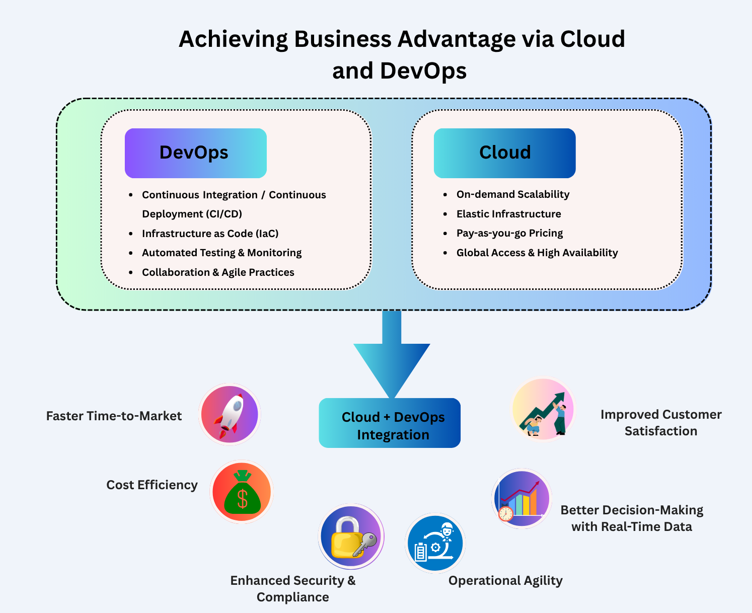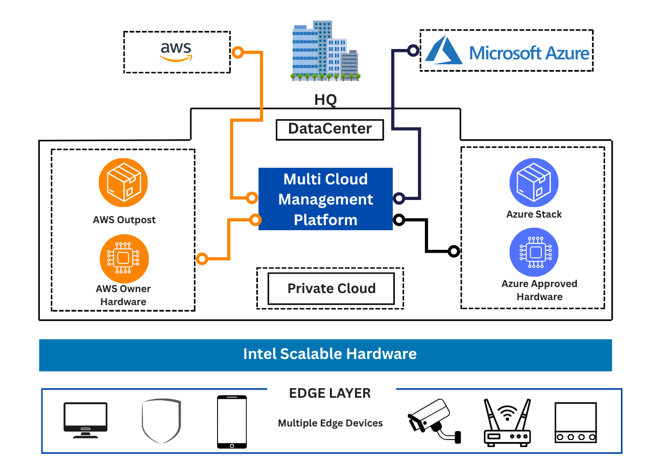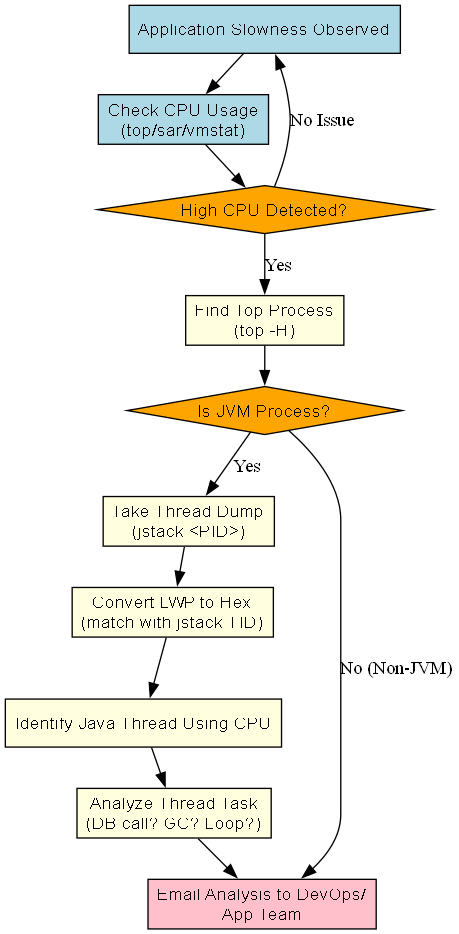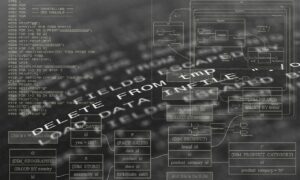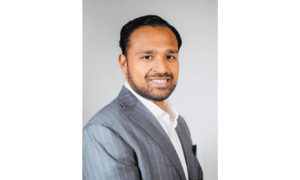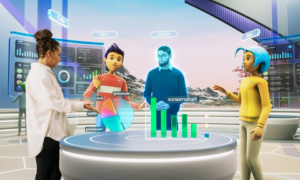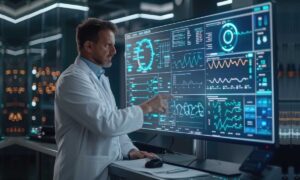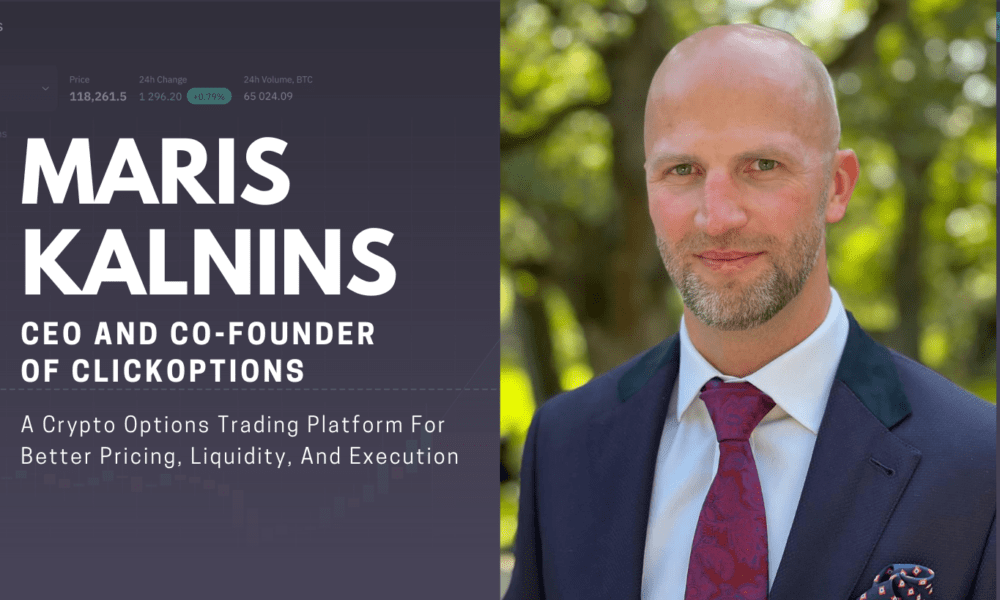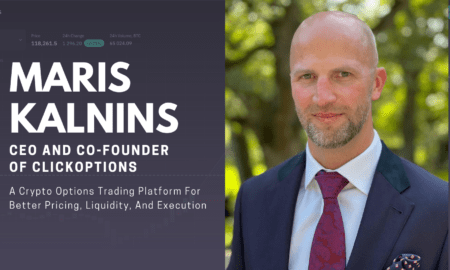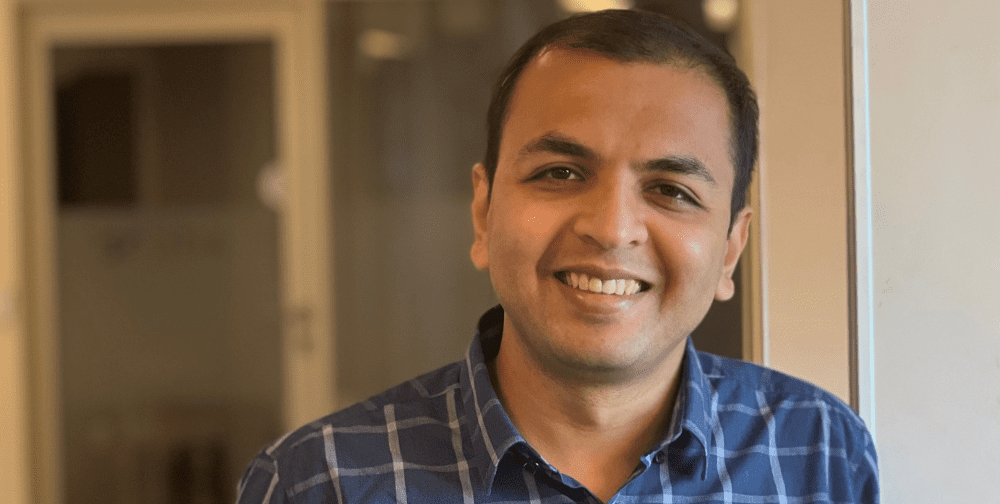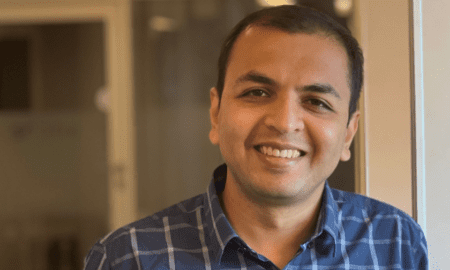Mahi Ratan Reddy Deva works as a technology lead at Broadridge Financial Solutions, focusing on cloud architecture, Middleware Infrastructure using DevOps engineering, and transforming digital systems for large businesses. At Nokia, GE Healthcare, and NBCUniversal, he led automation-driven modernization efforts across mission-critical systems. Besides his efforts at Broadridge, he is committed to helping underserved communities by leading technology education campaigns that focus on cloud use, cybersecurity, and ensuring infrastructure is ready.
In early 2019, digital transformation shifted from being a competitive edge to a necessity for survival in the financial industry. Thanks to his leadership, Mahi Ratan Reddy Deva has become a prominent person in the shift to cloud technology in the financial sector.
Deva’s studies in computer science engineering and information systems management make him a key link between handling technical jobs and making business plans. Being skilled in software and Infrastructure Provisioning, he can design modernization plans that are secure and flexible and match the latest data trends in the industry.
His work is noticeable in the way he has helped companies move from traditional systems to using cloud infrastructure. His role is to ensure that these transformations stay reliable and fit within the long-term plans for technological progress, risk management, and meeting all required legal rules.
Fig 1: Unlocking business value through cloud and DevOps
The Age of the Financial Cloud
As it becomes harder to expand and secure their old systems, banks are being urged to adopt new technology. Tough regulations, increasing cybersecurity risks, and people wanting services faster are leading banks and financial organizations to choose cloud-native solutions. Thanks to his skills in Middleware & Server Infrastructure along with DevOps and cloud engineering, Mahi Ratan Reddy Deva has been essential in leading the main efforts to modernize the sector. As of this writing, As of this writing, he serves as a Technology Lead at Broadridge Financial Solutions and has managed the migration of important platforms, including Bonaire/Revport applications, responsible for tax calculation, from legacy data centers to new Linux-based cloud hosting environments. The goal is to improve the accuracy of reporting and lower the chances of business processes being unavailable.
In the early days of his work, Deva managed to migrate important systems such as Transtar, CMA/UEP, and GRD Federal Bank applications from Windows to Linux VM’s, ensuring no service breaks during the process. His success in migrating these systems while the business stayed open proved that he could update and improve without disrupting the company’s activities. Along with these, he was a key contributor to the Broadridge applications such as Proxy Vote and Virtual Shareholders Meeting, which are high-importance products of Broadridge. These Proxy Vote and VSM applications are later migrated to container-based platforms such as Docker/Kubernetes.
Thanks to his work, Broadridge now creates secure shareholder engagement platforms that make use of the cloud. he stays on top by integrating technology and knowledge of compliance and operational risk into how financial services grow in the cloud.
Fig 2: Embracing the financial cloud era: Innovation Meets Security
Constructing the First AWS Hybrid Cloud Structure
Because other companies required more elasticity, better security, clearer observation, and automated solutions, Mahi Ratan Reddy Deva planned to introduce a hybrid cloud service that combined Microsoft Azure and Amazon Web Services (AWS). When these systems were created, their builders used ideas from the cloud and applied recent methods for setting up infrastructure, expanding capacity, and continuous deployment.
Deva conducted a proof of concept to explore the benefits of cloud-native technologies in improving scalability, cost-efficiency, and resilience. As part of the PoC, he implemented Azure Virtual Machine Scale Sets to enable dynamic workload scaling. He configured Amazon S3 lifecycle policies to reduce storage costs by automatically transitioning data based on access patterns. To enhance reliability, he also deployed AWS RDS instances across multiple availability zones, validating high availability and failover capabilities in a simulated production environment.
he used Jenkins, Git, and the original versions of Chef and Ansible with AWS to help speed up development and automate the infrastructure. These pipelines streamlined processes by integrating code, automating testing, provisioning infrastructure, enabling production deployments, and supporting rollbacks. The new strategy allowed applications to be released more quickly and more reliably, setting an early example of DevOps in the hybrid cloud area.
He used Terraform and templates for Azure Resource Manager (ARM) and AWS to ensure his infrastructure was always there and strong. Because of this system, each aspect of development, testing, and production could be version-controlled, replicated, and automated. Thanks to this architecture, disaster recovery was provided, rules for compliance were followed, and all areas remained aligned.
Fig 3: Hybrid Multi-cloud Architecture with Centralized Management
At the same time, Mahi Ratan Reddy Deva helped companies with cloud security by setting up RBAC, Azure Policy, and AWS Config for compliance. He brought together logging and monitoring and made sure data was protected with solid key management and encryption, following the guidelines of SOX, PCI DSS, and GDPR. The combination of infrastructure and application automation made it easy for Deva to introduce GitOps and DevSecOps, which helped the company’s financial clients achieve safe and scalable growth.
Enhancing Cloud Infrastructure Reliability Through Automation and Secure Configuration Management
Mahi Ratan Reddy Deva led key initiatives to improve the reliability and automation of cloud infrastructure for high-availability systems in the FinTech sector. At a time when many organizations were still transitioning to cloud-native practices, he worked extensively on automating infrastructure provisioning using Terraform integrated with AWS, and configuration management through Chef, enabling consistent and repeatable deployments across multiple environments.
Beyond infrastructure provisioning, he tackled one of the most persistent operational challenges: system performance degradation and certificate-related outages. He engineered a set of custom monitoring scripts that not only detected high CPU utilization across processes but automatically traced the responsible PIDs, and flagged anomalies across both on-premises and cloud infrastructure, and initiated mitigation steps—dramatically reducing the time to resolution in live environments.
Additionally, when client systems experienced SSL-related issues, he was instrumental in debugging and resolving SSL certificate decryption and renewal errors—often under critical time constraints. His contributions enabled secure, uninterrupted communication for several financial clients operating under strict compliance and uptime requirements.
These efforts culminated in the development of a semi-automated incident response framework, which proactively identified and remediated common infrastructure issues. His work led to a measurable improvement in system uptime and significantly reduced the need for manual intervention during production outages.
Fig 4: Automated RCA Workflow for JVM High CPU Utilization on On-Premises & Cloud Infrastructure
The Cloud is What Allows Social Impact to Happen
Mahi Ratan Reddy, He considers cloud computing not only as a way to boost business results but also as a means to bring about positive changes for society. As soon as 2019, He looked into how cloud technology could make a difference in bringing digital access to rural communities. He has been a strong advocate for digital access, especially in underserved areas often overlooked by traditional development efforts.
While serving as Karimnagar District Secretary for TITA, He organized several projects to provide IT services to groups that needed them the most. He set up practical workshops on cloud computing, cybersecurity knowledge, and digital skills for students in rural areas and colleges. Through these sessions, local youth learnt important skills for today’s digital world and became ready to play a part in building the digital economy.
Deva helped greatly with many projects, but Yuva Nirman, launched by TITA and led by him at VITS Engineering College, made a big impact. Devoted to engineering students in their final year from Tier 2 and Tier 3 cities, the programme taught them how to handle DevOps, work with cloud infrastructure, and follow cybersecurity guidelines. Under this model, thousands of students received mentorship, and many of them later got internships and entry-level jobs in IT firms. The early preparation of the workforce allowed innovation to escape being tied to specific locations.
In addition, He took part in Digithon, a campaign aimed at promoting the use of the latest technologies in rural parts of the state. It was noted that using cloud platforms could make education, healthcare, and government services more accessible and economical. Before the COVID-19 crisis, his efforts had already set up a strong and cloud-based network for communities. Combining his expertise with local involvement, he is still working to make cloud technologies available, meaningful, and open to all.
Opening the Door to New Advances in Cloud Computing
Prior to the widespread use of cloud in businesses, Mahi Ratan Reddy Deva and others set things in motion. Already in the mid-2010s, he began to transform finance by bringing in automation, strong resistance, and a desire for community-driven progress. This work pointed to a change in the cloud, where it supported enterprise
Before joining Broadridge Financial Solutions, he was important to Nokia because he led the major project of migrating Nokia Maps from Germany to Bangalore. Under his leadership, the team managed to share essential knowledge on a large scale, overhaul all systems, and maintain uninterrupted services for everyone using geolocation. This large-scale project involved migrating Nokia Maps operations to Bangalore, India, and establishing a round-the-clock operational model from the new location.
At GE Healthcare and NBCUniversal, he used Automation approaches long before they became popular. Because he automated both infrastructure setup and application deployment, he was able to reduce delivery times and boost the system’s dependability, which was key in industries where being online matters a lot.
By using both engineering expertise and business planning, he has brought development teams and executive leaders closer together. His early work made digital transformation something that could be trusted, stretched, and shared, so cloud platforms became important for green innovation before it became popular.


